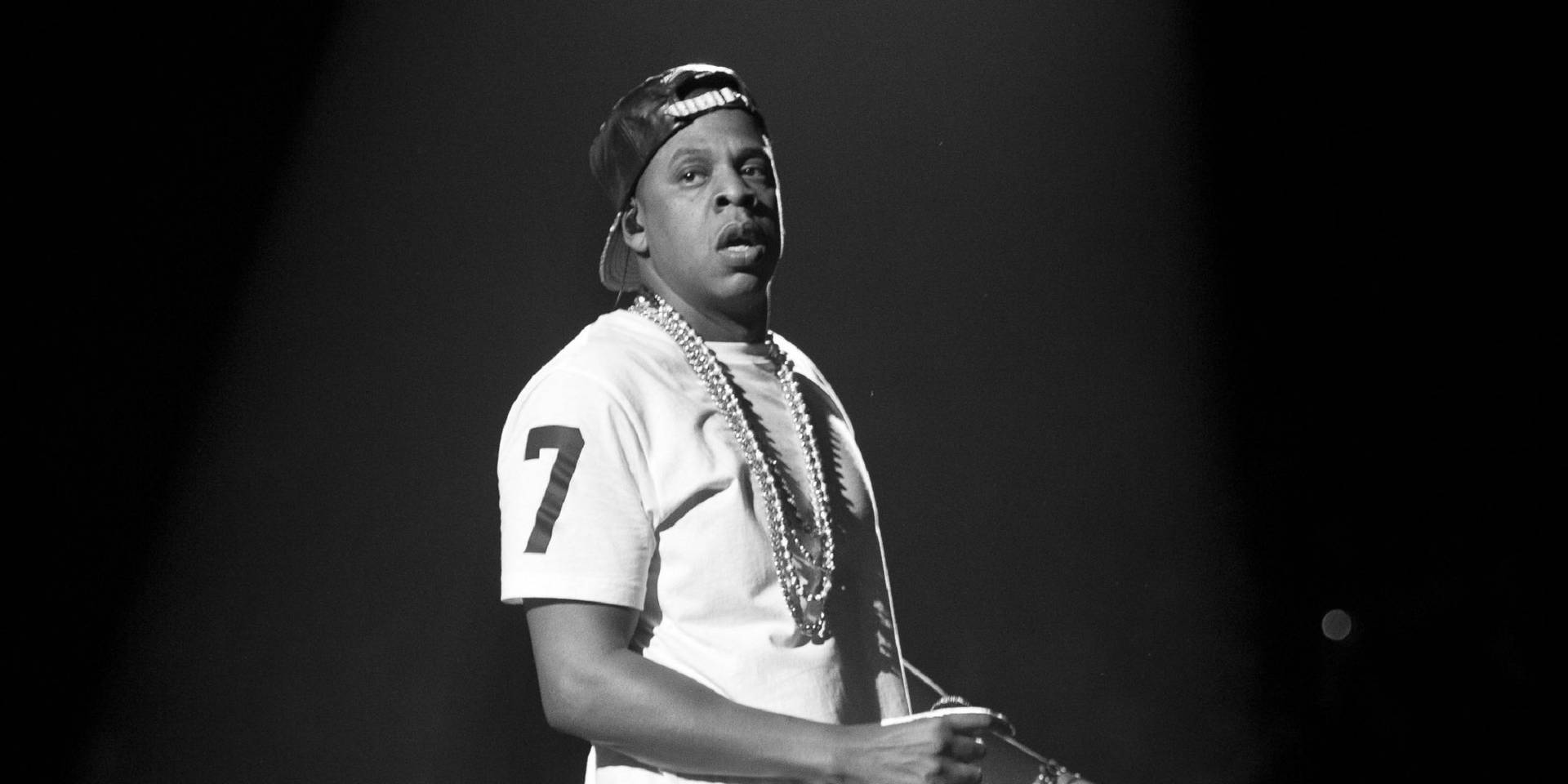
Introduction
The Sandman has transcended its origins as a comic book series to become a significant cultural phenomenon, captivating audiences worldwide since its debut in 1989. Created by Neil Gaiman, the story intricately weaves elements of fantasy, mythology, and horror, making it pivotal in the world of graphic novels. With its recent adaptation into a series by Netflix, The Sandman continues to garner attention and relevance, sparking discussions around its themes and storytelling techniques.
The Journey of The Sandman
The original comic’s narrative follows Dream, one of the Endless, who governs over dreams and stories. It explores intricate story arcs that incorporate folklore and various literary pieces, from Shakespeare to classical mythology. Over its 75-issue run, The Sandman gained critical acclaim, receiving numerous awards and establishing a dedicated fan base.
In August 2021, Netflix released its adaptation of The Sandman, bringing the beloved characters and complex narrative to life with stunning visuals and a star-studded cast. The series was received positively, with many praising its faithfulness to the source material and the depth of its storytelling. With a vast global viewership, the adaptation has sparked renewed enthusiasm for Gaiman’s work, drawing in both old fans and newcomers alike.
Recent Developments and Cultural Significance
As of early 2023, The Sandman remains a topic of conversation within literary and entertainment circles. Discussions around its adaptation have highlighted issues of representation and the importance of character depth in fantasy narratives. Netflix’s successful portrayals have inspired more diverse adaptations within the genre, urging creators to explore different storytelling perspectives.
The Sandman’s themes—such as the nature of dreams, the consequences of one’s actions, and the intersections between reality and imagination—continue to resonate in an era where mental health and self-reflection are highly relevant topics. Fans and critics alike laud the narrative’s capacity to address complex human emotions and experiences, further solidifying Gaiman’s role as a leading figure in contemporary literature.
Conclusion
The Sandman is more than just a comic or a television series; it represents a crucial part of the evolution of storytelling in both literature and visual media. As it continues to evolve and inspire new adaptations, its significance in cultural conversations around narrative structure, character development, and thematic depth will likely remain profound. Readers and viewers are encouraged to reflect on the timeless messages embedded within its pages and episodes, making The Sandman a rich topic for further exploration in the realms of creativity and imagination.
You may also like

Jay Z: The Evolution of a Music Legend

Harvey Weinstein: A Timeline of Legal Troubles and Impact
